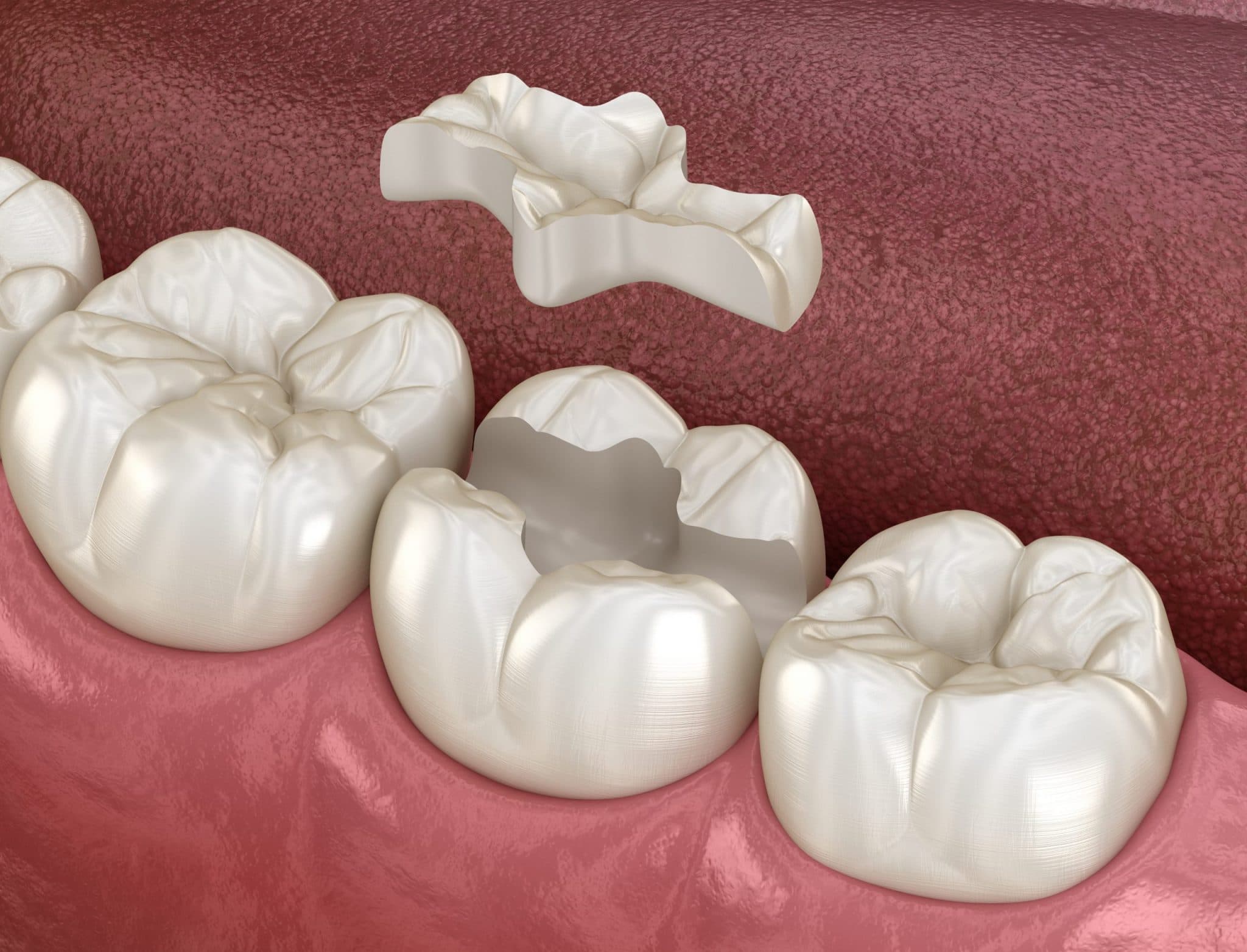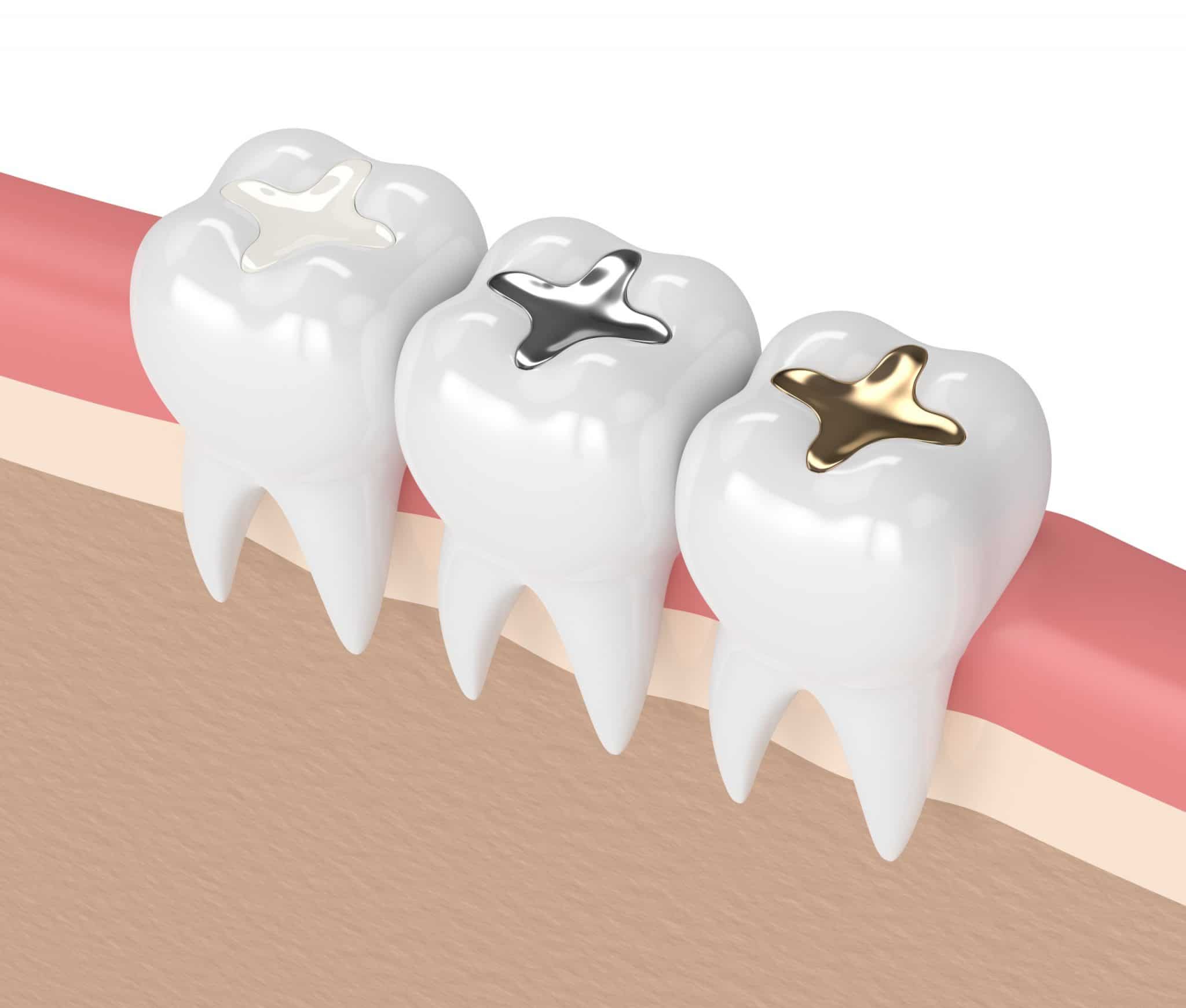What are Dental Inlays and Onlays?
Dental Inlays and Onlays are also called porcelain restorations, or more commonly, porcelain veneers. They’re meant to replace teeth that are too severely decayed or damaged to save with simple dental fillings. Porcelain veneers can also be used to correct mispositioned teeth or close spaces between your teeth (also known as a “gap”).
In-Lays (Inside the Mouth)
In-Lays are placed inside the mouth, which can cause more discomfort than the traditional temporary filling. In-lays are used to make changes to the shape of teeth, often to correct a misaligned bite or to give a different look to stumped teeth.
On-Lays (Outside the Mouth)
On-Lays are placed on the outside of your teeth and cover a majority of the tooth. On-lays can last up to 10 years and are a great option for people with little or no enamel left on their teeth.






